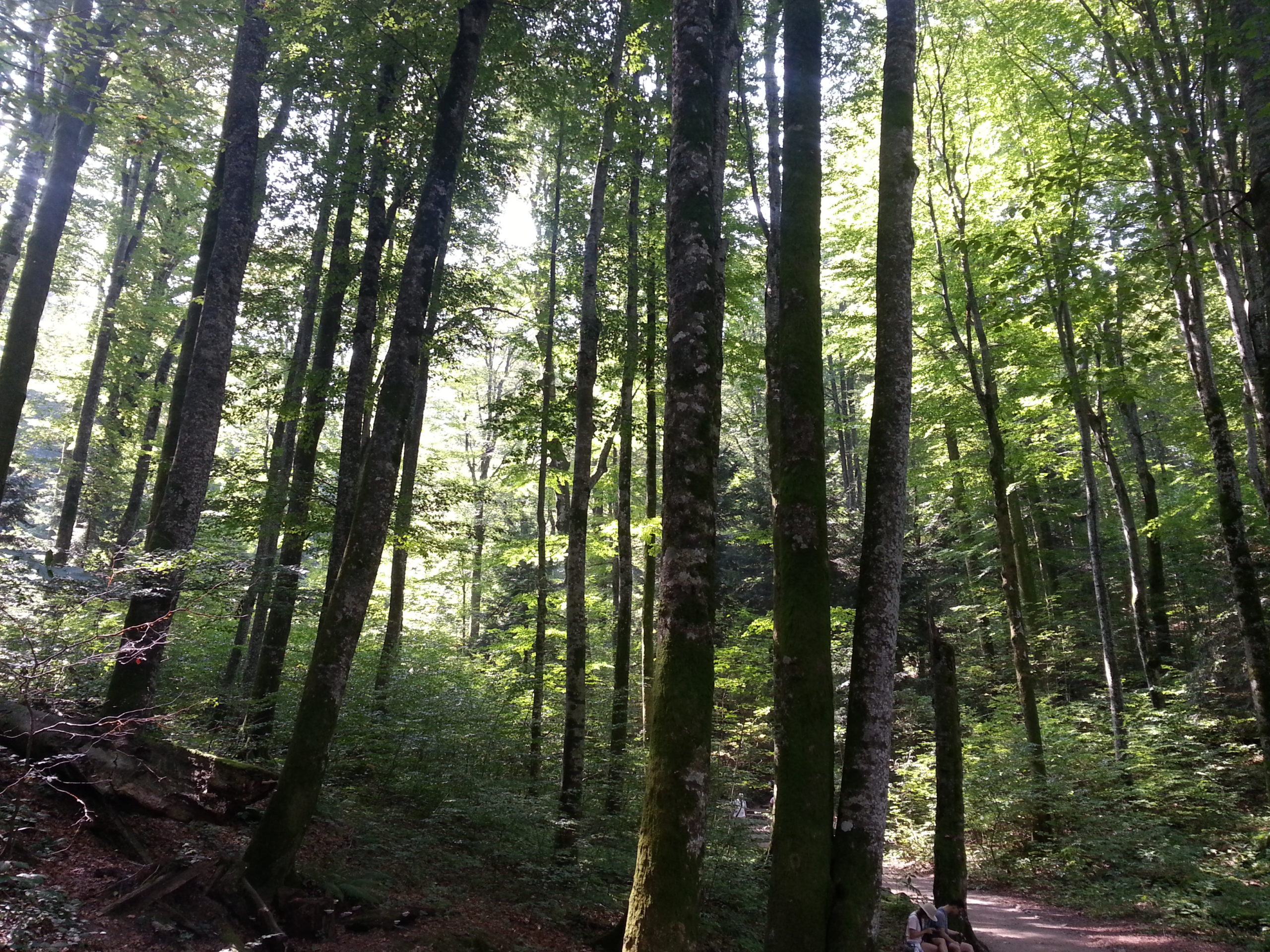The State of Europe’s Forests 2020 report was published on 19 December 2020. Together with Michael Köhl and Kit Prins, our colleague Stefanie Linser was coordinating lead author, supported by further 62 authors of the single chapters, among them Helga, Pülzl, Gerhard Weiss, Bernhard Wolfslehner and Ivana Zivojinovic from our team. The State of Europe’s Forests 2020 report presents recent official figures and information on European forests, their management, policies, institutional and legal frameworks, financial and economic instruments, NFPs, information and communication in the 46 FOREST EUROPE signatory countries.
For the first time also country profiles on the status and trends of forests and forestry in 40 FOREST EUROPE signatory countries are presented based on a selection of 18 indicators at the intersection of the pan-European set and the Global Core Set of forest-related indicators. All criteria of the pan-European set were covered and data are available for all selected indicators for most of the countries. It is supplemented by Annexes containing detailed figures per indicator and per country from 1990 until recently.
In brief:
C1: Forest area has increased by 9% since 1990, although the rate of expansion has been slowing. One third of European forests are uneven-aged. Growing stock has increased by 50% since 1990, although this trend is slowing down. European forests are a major carbon sink; carbon stock increases in forests and in wood products. Related policy responses focus on increasing forest area, but its funding and competing land uses remain a challenge.
C2: Deposition of air pollution has been continuously decreasing since 1997. Soil properties show limited changes. Defoliation is increasing. About 3% of European forests are damaged, mainly by wind, insects, ungulate browsing, and forest fires. Related policy responses focus mainly on prevention of forest fires, ungulate browsing, and insect outbreaks.
C3: Increment in European forests substantially exceeds felling. Europe is an important roundwood-production region. Forests and other wooded land are an important source of non-wood goods, such as food and materials. Market realisation of forest services remains underdeveloped. Related policy responses aim to improve timber supply by a higher use of increment and of accumulated growing stock.
C4: Stands composed of two or more tree species predominate in European forests. The majority of European forests are naturally regenerated. Introduced tree species cover 3% of total forest area. Volume of deadwood corresponds to about 7% of growing stock. The number of genetic conservation units has increased about 10 times since 1990. Populations of common forest bird species are generally stable. Over the past 20 years, the area of forests designated for biodiversity conservation increased by about 65%. Protected forests account for almost a quarter of the total forest area. Related policy responses focus on integrated forest management, conservation of high conservation value forests, and enhanced cross-sectoral cooperation.
C5: Protective forests prevent soil erosion, preserve water resources, and maintain other ecosystem services. Related policy responses focus mainly on better provisions of the protective functions of forests.
C6: 70% of forests and other wooded land are available for public recreation. Forest area in public and private ownership is roughly balanced in Europe. The forest sector contributed about 0.7% to GDP in Europe. Net revenue in forestry is volatile. Investments in forestry show a slightly positive trend. About 1.1 m3 of wood is consumed annually per capita in Europe. There are more than 2.6 million employees in the forest sector. The reported number of fatal accidents in forestry decreased markedly. Europe is a net exporter of primary wood and paper products. Renewable energy from wood covers about 6.4% of total energy consumption. Related policy responses focus on education and training, improved access to forests and recreation opportunities, as well as financial support and communication to stakeholders.
